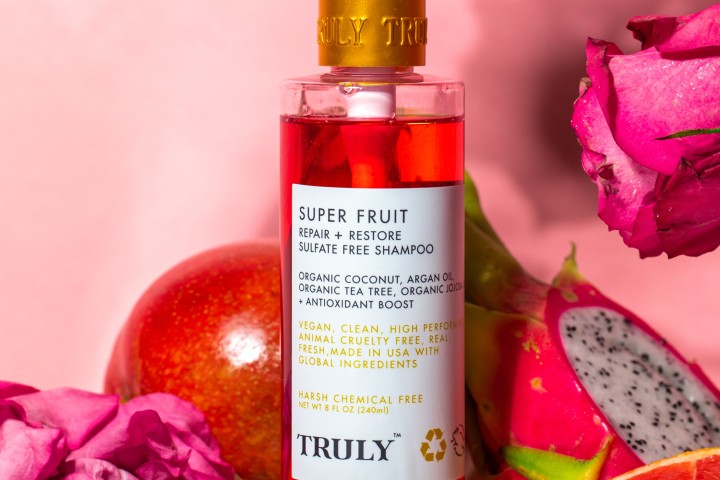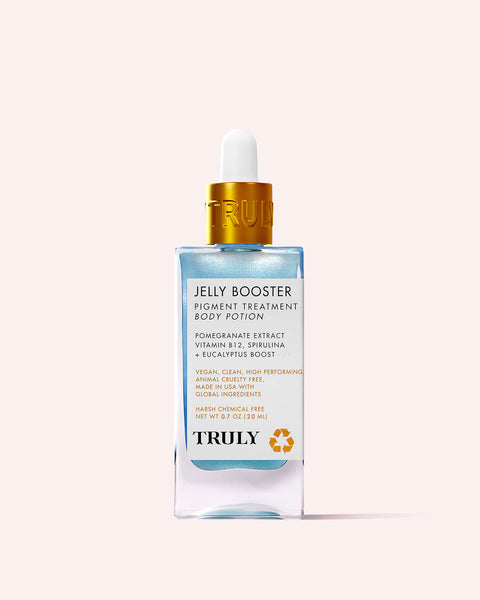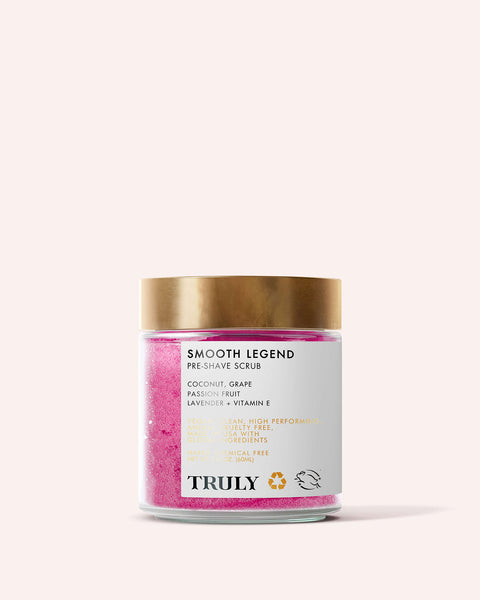How to Beat Beard Dandruff

Unfortunately, dandruff doesn’t just stop at your scalp. If you’re seeing white flakes in your beard, you may be dealing with beard dandruff (Beardruff) — it’s basically the same thing as regular dandruff on your head, only it occurs in the facial hair instead.
Here’s everything you should know about beard dandruff, from what it is to how you can treat it.
WHAT IS BEARD DANDRUFF?
Beard dandruff is the result of a buildup of dead skin cells. Dandruff, known officially as seborrheic dermatitis, typically affects the scalp. However, it can also occur on your face — and in your beard. Symptoms of beard dandruff include dry, flaky skin accompanied by itching. If you’re seeing white flakes in your facial hair, you’re probably dealing with dandruff.
"It's usually a fine, white-ish dandruff," says Hooman Khorasani, chief of dermatologic and cosmetic surgery at Mount Sinai’s Icahn School of Medicine in NYC. "In older guys it can be more yellowish. It's sort of like salty, flaky skin."
Surprisingly, it’s way more common than you’d think. It’s just that not everyone speaks about it. Well, we’re here to lift the lid on facial dandruff and show you exactly how you can get rid of it for a flake-free existence.
WHAT CAUSES IT?
According to dermatologists, beard dandruff (or any type of dandruff for that matter) is mainly caused by a fungus called Malassezia globosa, which thrives in oily environments. Since men have thicker, oilier skin than women, that could explain the reason why beard dandruff is becoming more common. Oily skin = happy fungus = more dandruff.
“The fungus breaks down oils in your sebaceous glands, leaving behind oleic acid that irritates the skin and results in dandruff,“ says board-certified dermatologist Dendy Engelman. “Rapid cell turnover (an overproduction of skin cells) can also contribute to dandruff. If skin cells regenerate too quickly, buildups can form, which create an ideal environment for dandruff-causing fungus to thrive.”
Another cause of beard dandruff might simply be dry skin. It might not be dandruff itself, but skin dryness that results in skin flakes and itchiness.
If it’s neither of these things, you could be having a reaction to one or more of your skincare products. Especially if you have sensitive skin, harsh chemicals in certain grooming products might be leaving you red, dry, and flaky.
HOW TO GET RID OF BEARD DANDRUFF?
Treating beard dandruff isn’t that hard. It all starts with good grooming habits and serious beard care. Try these skincare products, tips, and home remedies to finally see the back of beard dandruff.
Buff Skin with a Beard Brush
While cleansing usually comes before exfoliation in a skincare routine, bearded men will benefit from exfoliating the area first. One of the best tools for doing this with is a beard brush. The soft bristles are less irritating to the skin than many scrub formulas, making it a suitable choice for all skin types.
Beard brushes help to detangle knots, distribute natural oils, and buff away dead skin cells beneath the beard, bringing dandruff to the surface.
Gently sweep the brush across your skin and throughout your beard to remove dead cells and excess sebum for a flake-free beard. Always shower after beard brushing.
Exfoliate with an AHA or BHA-Based Cleanser
Pairing a chemical exfoliant with a beard brush is an excellent way to get a double dose of exfoliation. Whereas the brush removes ready-to-flake skin, AHAs like glycolic acid and lactic acid, help dissolve the uppermost layer of dead skin cells. Not only will it brighten and smooth skin, it’ll also enable other skincare and beard care products to penetrate deeper into the skin. BHAs, or salicylic acid, work just as effectively to shed skin.
Try our CBD Jelly Anti-Blemish Facial Cleanser to keep your beard clean and flake-free. It’s made with salicylic acid, jojoba oil, and retinol to dissolve dead skin, regenerate skin cells, and hydrate hair and skin.
Wash with an Anti-Dandruff Shampoo
One of the best treatments for beard dandruff is anti-fungal shampoo, otherwise known as anti-dandruff shampoo. These formulas contain fungal-fighting ingredients like zinc pyrithione, or Nizoral, which contains ketoconazole, to help reduce the overgrowth of fungus. In addition to swerving fungal infections, these treatments can also banish beard itching.
Moisturize with a Beard Oil
Unlike creams and lotions which stick to hair, beard oils sink in fast without leaving clumps in your beard hair. If you don’t have it already in your beard grooming routine, now’s the time to start. Some are designed to stimulate beard growth while others are made purely to hydrate and nourish. Whether you’re dealing with dry skin, hair, or an itchy beard, the right oil can make life a little more comfortable for you.
Alternatively, try our Cooka Bundle to soften coarse hair, fight dandruff-causing fungus, and defeat dryness and irritation.
Create a Tea Tree Oil Beard Wash From Scratch
You can create your own fungal-fighting beard shampoo using just a few simple ingredients. Mix together olive oil, vitamin E oil, a sprinkling of baking soda, and a few drops of tea tree oil, then apply directly to the beard hair and skin. Tea tree essential oil can also be dropped into your regular shampoo to treat dandruff thanks to its antimicrobial and antifungal properties.
Unlike soaps and certain cleansers, this homemade beard shampoo hydrates, nourishes, and treats fungus all at the same time, making it an excellent DIY beard dandruff treatment.
You’ll also find tea tree oil in our Super Fruit Shampoo in case you don’t feel like whipping up your own.
In addition to the tips above, try streamlining your skincare and grooming routine for a few weeks to determine which products might be irritating your skin. In many cases, beard dandruff might simply be dryness or irritation. You’ll also want to turn down the temperature in your shower, since hot water might be what’s causing the sudden flaking.
If you have a skin condition like eczema or psoriasis, speak to your dermatologist about these new symptoms.








